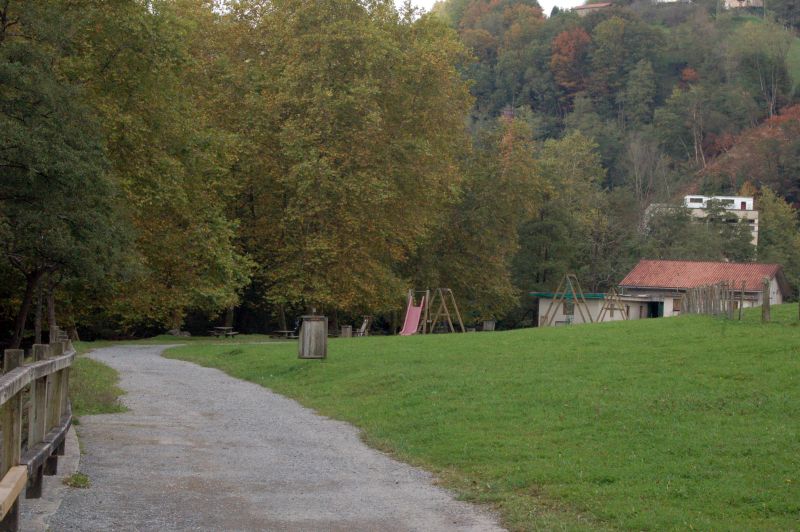
Puntos de Interés

Municipality
San Andrés y Sauces

San Andrés y Sauces is a municipality located in the northeast of the island of La Palma, in the province of Santa Cruz de Tenerife.
Before the arrival of the conquistadors, the municipality of San Andrés y Sauces constituted the Benahorita canton of Adeyahamen, meaning "under water", in reference to the multiple natural water springs in the area. The current municipal boundaries are the same as those of the canton and are defined by the geomorphology of La Palma: to the southwest, the Pico de la Cruz in La Caldera de Taburiente forms the boundary with the municipality of El Paso; and the ravines of La Herradura and La Galga forming the natural border with the municipalities of Barlovento and Puntallana, respectively.
Today, San Andrés y Sauces is made up of a dozen or so settlements across several districts, including Bajamar, Las Lomadas or Los Galguitos. The main centres are the town of Los Sauces and the village of La Villa de San Andrés.
La Villa de San Andrés is located on the coast and has been declared Site of Cultural Interest, thanks to its beauty and architectural harmony. Highlights include the Church of San Andrés Apóstol, built in the late 15th century, and the colonial-style 16th century houses around the Plaza de San Andrés.
Los Sauces is just over two kilometres inland, and is the most densely populated town in the north of the island. Its name refers to the abundance of Canarian willow trees (Salix canariensis) in the ravines. Here you will find the plazas of Nuestra Señora de Montserrat and La Alameda, which are always bustling with life and are hubs of the local community and the site of many events.
The municipality of San Andrés y Sauces is also home the Bosque de Los Tilos, one of the finest examples of laurel forest on the island and part of the Las Nieves Natural Park. The coastal strip is also home to the Charco Azul natural pools, the island's only sugar cane rum distillery, and the beaches and port of Espindola.
Since the 16th century, San Andrés y Sauces has held a prominent place in the island's agricultural and livestock production, thanks to the high levels of humidity of the soils in the middle lands, growing mainly bananas, yams and sugar cane. From the produce, locals and visitors alike enjoy dishes like grilled cheese with green mojo sauce; the traditional papas arrugás which often accompany goat or kid goat meat from local farms; gofio escaldado, a savoury porridge-like cereal purée, as well as fried or grilled fresh fish. Meals are often bookended with a Príncipe Alberto, something of a Canarian version of tiramisú; quesillo, a local flan; or bienmesabe, a sweet almond-based mousse.
Given the different districts and centres in San Andrés y Sauces, the municipality has a calendar packed with cultural and sporting events, markets, street markets and festivals. The festivals in honour of the Virgin of Montserrat, the patron of the area, rumble on for two weeks in early September, the main day being 8 September. These include sporting events and races, folk festivals with parrandas and magicians’ dances, tastings of local products, with revelry, musical performances and religious events. Two other curious traditions are the 60s wedding and the so-called “Burial of the Sardine” which take place during Carnaval week.


